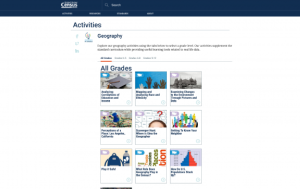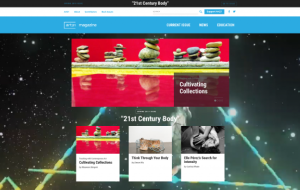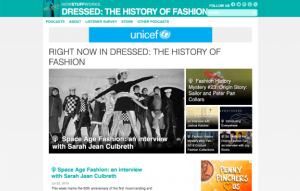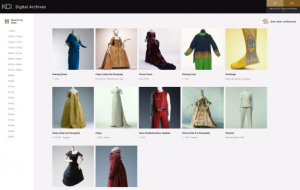 |
July 26, 2019 Volume 25, Number 30 |
General Interest |
Theme: Fashion History |
Revisited |
In the News |
General InterestBack to Top | |
 |
|
 |
|
 |
|
 |
|
 |
|
Theme: Fashion HistoryBack to Top | |
 |
|
 |
|
 |
|
 |
|
 |
|
RevisitedBack to Top | |
 |
|
In the NewsBack to Top | |
1000th California condor chick hatched, marking recovery milestone | |
|
The largest bird in North America was nearly wiped out. Here's how it fought its way back. Once Nearly Dead as the Dodo, California Condor Comeback Reaches 1,000 Chicks California condor births mark soaring comeback after numbers dwindled to 22 All About Birds: California Condor CondorKids The California Condors of Big Sur With a wingspan stretching nearly 10 feet wide, the California condor is North America's largest bird. In 1982, there were only 22 California condors in existence, and many believed the species was doomed to extinction. Scientists began an ambitious conservation program, capturing all 22 remaining condors and breeding them in captivity, then gradually releasing them into the wild. Over the past several decades, those conservation efforts have slowly paid off, and today the California condor population is higher than 500, with more than half of them living in the wild. Their recovery, though impressive, has been hampered by the birds' slow reproductive rate and ongoing threats of lead poisoning from eating carrion left behind by hunters using lead ammunition. Thus it was with much celebration that experts officially announced in July 2019 that the rescue program's 1,000th California condor chick has hatched in Utah's Zion National Park. Biologists believe it was most likely born in May, but because condors nest secretively in cliffside caves, field researchers were unable to confirm the hatchling's existence until this month. If it survives to adulthood, the chick could live to be about 60 years old. While California condors are still listed as critically endangered, this 1,000th chick marks an optimistic milestone in their continued recovery. [JDC] At the first three links, readers will find recent news stories about the California condor's most recent success and the progress of its ecological recovery. These were written respectively by Reis Thebault for The Washington Post, Scott Simon and Josh Axelrod for NPR, and Maanvi Singh for The Guardian. Those interested in learning more about these remarkable birds should visit the fourth link, which leads to the Cornell Lab of Ornithology's detailed profile of the species, including multiple photos and audio recordings of their sounds. Elementary educators may be interested in CondorKids (found at the fifth link), which features a standards-aligned curriculum package containing lesson plans in biology, geography, history, and conservation. Intended for third-grade students, this resource was created by the Santa Barbara Zoo and the US Fish and Wildlife Service. The sixth and final link leads to The California Condors of Big Sur, a 27-minute film by Tim Huntington that "documents the ongoing recovery of the California condor through both the people who are working on the recovery program and the birds themselves." | |
